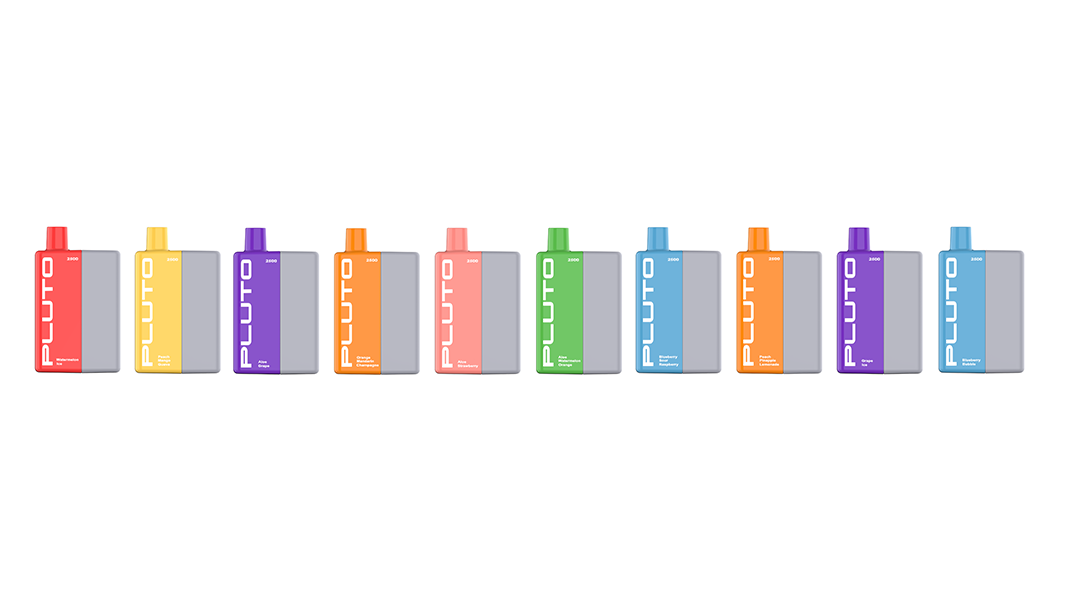News from Bluehole New Consumer,Researchers from MGH and a retired professor Jama from UCSF jointly published an analysis report–discovering that the addiction of American teenagers on e cig is getting durative and worse.
In the data analysis of the annual national youth tobacco survey (a national survey for middle school students in grades 6-12), researchers found that the prevalence of e-cigarettes among adolescents peaked in 2019, and then declined. However, the age of using e-cigarettes declined from 2014 to 2021, and the intensity of use and addiction increased after the introduction of protonated nicotine products.Protonated nicotine is produced by adding acid to the liquid of electronic smoke, which makes nicotine easier to inhale. Since Juul pioneered the protonated nicotine, it has been widely adopted by other electronic cigarette companies.The age of first use of electronic cigarettes decreased by 1.9 months every year, while the age of first use of cigarettes, cigars and smokeless tobacco did not change significantly. By 2017, e-cigarette will become the most common first tobacco product.
The nicotine addiction of electronic cigarette, measured by the probability of using it within 5 minutes after waking up, is an indicator of addiction, which increases with time.By 2019, more young e-cigarette users will use their first tobacco product within 5 minutes after waking up, more than cigarettes and all other products combined.By 2017, the percentage of the only e-cigarette users who use e-cigarettes within 5 minutes after waking up will be about 1%, but it will increase year by year. By 2021, 10.3% of young people will use their first e-cigarette within 5 minutes after waking up.
The median use of electronic cigarettes also increased from 3-5 days per month in 2014-2018 to 6-9 days per month in 2019-2020 and 10-19 days per month in 2021.The recently released 2022 national youth tobacco survey data shows that 2.55 million young people use electronic cigarettes, and 27.6% of young people use electronic cigarettes every day. The comparable figures reported in this paper for 2021 are 2.1 million and 24.7%.
“The increase in the use intensity of modern electronic cigarettes highlights the clinical needs of teenagers to solve the problem of addiction to these new high nicotine products in many clinical contacts”,said Jonathan P. Winickoff ,Senior author, doctor of medicine, master of public health, MGH pediatrician and professor of pediatrics at Harvard Medical School. “n addition, stricter regulation, including a comprehensive ban on the sale of flavored tobacco products at the state and local levels, should be implemented. For example, California voted in favor of Proposition 31 in November”,added retired Professor & Doctor Stanton A.Glantz
Post time: Nov-09-2022









